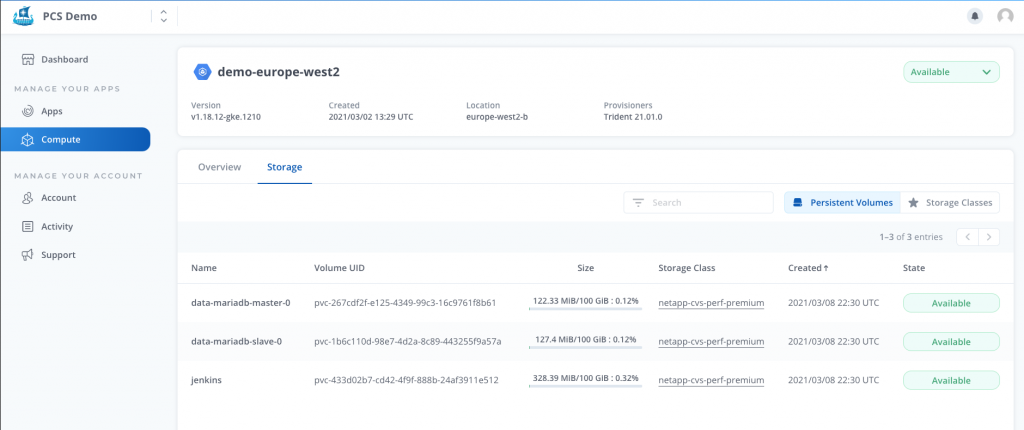NetApp Unfurls Managed Service for Kubernetes
NetApp has made generally available a NetApp Astra managed service, through which it will protect, recover and move application workloads deployed on Kubernetes without requiring a download, installation, management or upgrade of any software.
Previously known as Project Astra, NetApp’s managed service handles backup, cloning, disaster recovery, data life cycle operations, data optimization, compliance and security. IT teams can also take snapshots of local data that, if accidentally deleted or corrupted, can automatically revert to a previous snapshot.
IT teams can also restore an application to a different Kubernetes cluster in the same or a different region, or move entire applications, along with their data, from one Kubernetes cluster to another.
Eric Han, vice president of product management for public cloud services at NetApp, says that as Project Astra evolved over the last year, it became clear that most organizations were looking to rely more on an eternal managed service during a tumultuous economic period.
Coupled with a general shortage of Kubernetes expertise, it became apparent that many organizations need to automate life cycle management processes across what are quickly becoming fleets of Kubernetes clusters.
NetApp Astra is currently available on the Google Cloud Platform, and support for Microsoft Azure and Amazon Web Services (AWS), as well as on-premises platforms, is planned, Han says. Over time, NetApp expects life cycle management across fleets of Kubernetes clusters running in multiple environments to become more federated, Han notes.
Less apparent, however, is how much data might move dynamically between those environments. Each platform, now, tends to create its own data ‘center of gravity’ as different applications are deployed on the platform best suited to run them, says Han.
Regardless of where containerized applications are deployed, Han says there has been a significant increase in the number of stateful containerized applications requiring access to persistent storage. Some of those applications will likely need to invoke external compute resources in a cloud burst fashion, Han notes.
Managed services are now rapidly proliferating across Kubernetes environments. In some cases, IT organizations have simply decided to focus their limited resources on application development and deployment. In other cases, the COVID-19 pandemic has increased the appeal of managed services at a time when many IT teams are still working from home. It’s not clear to what degree the latter case may change once a COVID-19 vaccine is widely distributed, but, even then, Kubernetes expertise is likely to remain limited. Over time, each IT team will need to evaluate the cost of relying on a managed service versus the cost of hiring full-time employees to manage Kubernetes clusters.
Whatever the outcome, there will still be plenty of IT teams that wind up managing Kubernetes clusters themselves as IT management tasks become increasingly automated. However, there may not be as many internal IT teams running those clusters as there once were running legacy, on-premises IT infrastructure environments prior to the pandemic.



